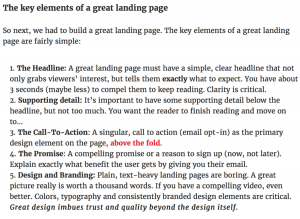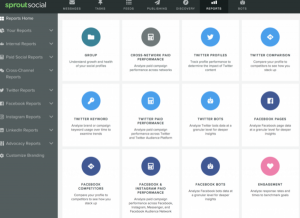
It’s not hard to see the allure of using unstructured interviews.
Unlike other types of interviews, unstructured Q & A’s give the interviewer the freedom to explore details about the candidate that they think are interesting and relevant. However, while they might be favored by hiring managers, dozens of studies have shown that unstructured interviews demonstrate “embarrassingly poor validity” for screening decisions, and make it far easier for interviewers to exercise bias during the talent selection process.
Unstructured Interviews: More Harm than Good
While unstructured interviews provide a way for hiring managers to form relationships organically with candidates through conversation, research shows these types of interviews are not a good method of assessing talent, as they are frequently dependent on common interests or chemistry between the candidate and the interviewer.
To illustrate the impact of unstructured interviews on the assessment process, one study conducted by Jason Dana, Robert Dawes and Nathaniel Peterson and published in Judgment and Decision Making asked 76 participants at Carnegie Mellon to predict the GPA for two students.
For one student, the participants were provided only with the student’s biographical information, such as major, age, previous GPAs, class standing, and current course schedule. For the second student, they were given the same basic student information, but they also were allowed to conduct an unstructured interview.
Results showed that the participants more accurately predicted current GPAs when provided with only the student’s information. The accuracy rate greatly declined when the student were able to interview the student.
The researchers concluded from this study that, “Participants made better predictions without an interview than with one. While participants generally agreed that they got useful information from interviews, interviews significantly impaired accuracy in this environment.”
While a person may feel like he or she is an excellent judge of character, research shows this isn’t the case when selecting job candidates. This, in fact, is a large part of the problem in many organizations. An interviewer is more likely to select a candidate who is similar to them. This not only leads to
Creating a Standardized Hiring Process
While establishing a data-driving hiring process may be challenging, the more your hiring process is grounded in
There are many
- Work Samples/Simulations – One of the best ways to predict future job performance is to test current performance in an environment that closely resembles that in which your candidates will be working. Work samples and simulations can tell you a lot about the candidates’ current skills and abilities. These pre-hire assessments give you an opportunity to see how the candidate is likely to perform on the job. In addition, job simulations can enhance the candidate experience and give applicants an idea of what job entails.
- Structured Behavioral Interviews – Replacing an unstructured interview with more effective structured behavioral interviews offers better qualitative data to use in the decision-making process. This type of interview has been shown to demonstrate a higher degree of predictive validity than its unstructured counterpart. Characteristics of a good interview include asking each candidate a set of pre-determined questions that typically relate to competencies, skills and previous experiences. Interviewers should also be trained before conducting Q & A’s with candidates.
- Problem-Solving Tests – Pre-hire test assessments, such as problem-solving tests, are ideal for assessing a candidate’s ability to work with numbers as well as his or her aptitude with workplace communication. These tests are easy to conduct and offer reliable data that can prove invaluable in the talent acquisition process. These pre-hire tests are good at identifying candidates that not just qualified, but that also would “fit” well within the company structure.
Business & Finance Articles on Business 2 Community
(29)








